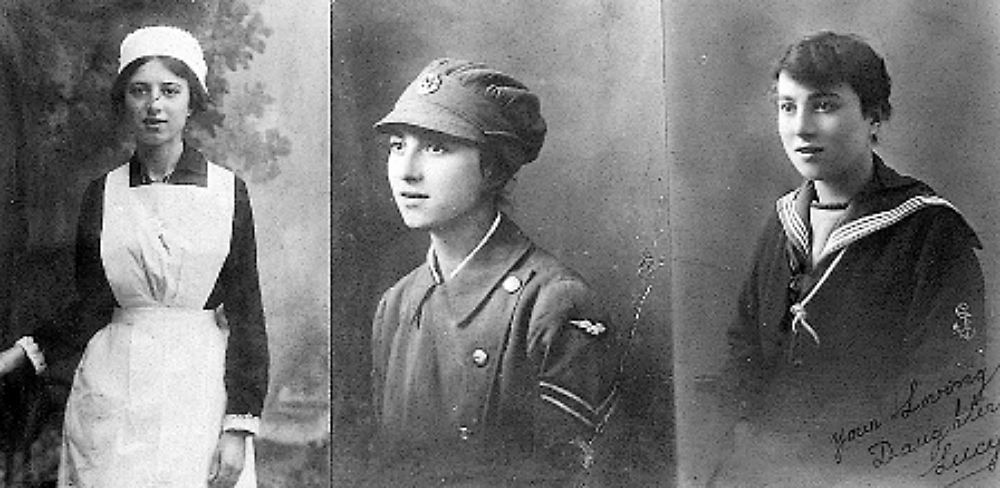Lucy Harris – three uniforms, one war
LUCY HARRIS was born into a very different generation of Worthing womanhood. She was aged just 15 when World War One began in 1914 and it changed her life beyond her wildest imagination.
By the time the war finished four years later, she had not only been a nurse caring for soldiers in a Worthing convalescent home but had served as a Wren with the Royal Navy and become one of the first volunteers to join the newly formed Women’s Royal Air Force.

Caught up in the general patriotic fervour at the beginning of a war that was expected to last only a few weeks, Lucy was anxious to “do her bit”.
Only her extreme youth prevented her from immediately joining the armed services.
She was allowed, however, to help look after the wounded troops who soon began to arrive at a convalescent home on Worthing seafront.
On her 18th birthday, Lucy – slightly built and only 5ft 4in tall – got her wish to join the Forces and in 1917 became a proud member of the Women’s Royal Naval Service.
In those days, Wrens were not allowed to serve on ships and land-locked Lucy was posted to Cranwell, then a Royal Naval Air Station.
There she became closely involved with the fastest-developing arm of the Services – flying. It was hardly surprising that when the Royal Air Force was formed in 1918 and volunteers were invited from the other services, Lucy was one of the first women in the queue.
She switched her sailor suit for lighter WRAF blue, proudly wearing section leader’s stripes below her new winged badge until she was eventually demobilised from the Women’s Royal Air Force at Cranwell in August, 1919.
Back in Worthing, she married a war hero in 1922, Sgt F.G.J Gilmore, who at the age of 18 had been one of the youngest soldiers to make the horrendous World War One landing at Gallipoli.